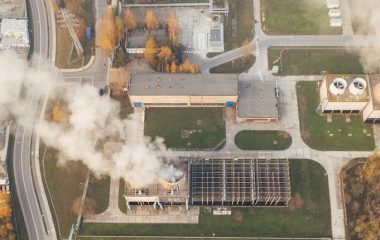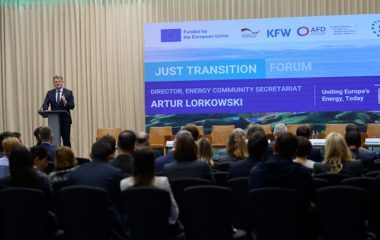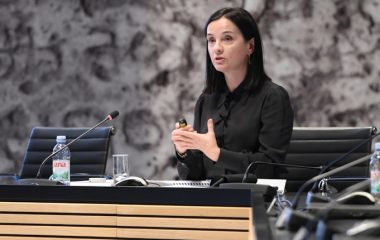
Photo: Chris Spencer-Payne from Pixabay
Share
The Government of Sarajevo Canton earmarked EUR 10 million for increasing energy efficiency in 40 public buildings, which will bring savings of almost EUR 700,000 annually, reduce air pollution and CO2 emissions. The authorities said the investment would start by the end of the year.
The funds for the implementation of measures for the rational use of energy including the reduction of heat consumption were secured from a EUR 8 million loan, approved by the European Bank for Reconstruction and Development (EBRD), and a EUR 2 million grant from the European Union.
Measures to increase energy efficiency include renovation and heat insulation
The investment includes the renovation and thermal insulation of 40 public buildings: 17 primary and eight secondary schools, six kindergartens, four faculty buildings, three buildings of the student center and two primary health care institutions.
According to preliminary estimates, the energy renovation will reduce energy consumption by 11 GWh and CO2 emissions by 3,420 tons, and bring savings of BAM 1.35 million (about EUR 700,000) annually, the local government said.
The donation of EUR 2 million will be used to pay interest rates and other obligations of the Sarajevo Canton within the investment
Prime Minister of the Sarajevo Canton Edin Forto said the investment is part of a project called “Energy efficiency in public buildings of the Sarajevo Canton”, which was launched in 2019.
“This is a perfect concept because we get a loan on very favorable terms, but 20% of the amount is a grant, which will cover the interest rate costs and other obligations under the loan. We will invest these funds in the renovation and heat insulation of public buildings in order to secure energy savings and increase environmental protection,” he said.
Enver Hadžiahmetović, Minister of Utilities, Infrastructure, Physical Planning, Construction and Environmental Protection, said the benefits include financial savings that public institutions would achieve with lower heat consumption, significantly reduced air pollution and more comfortable and healthier working conditions for the employees and everyone who uses the buildings.









Be the first one to comment on this article.